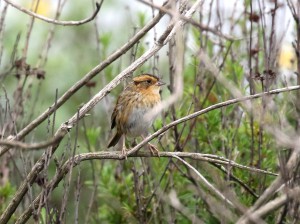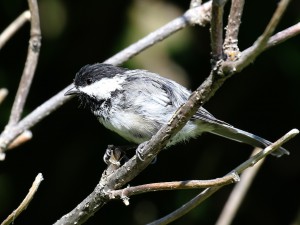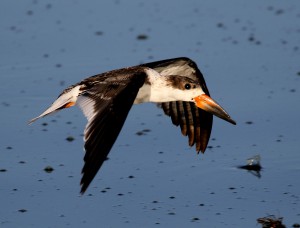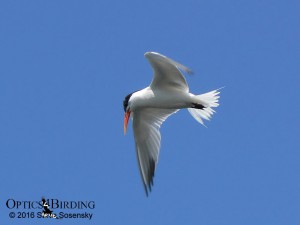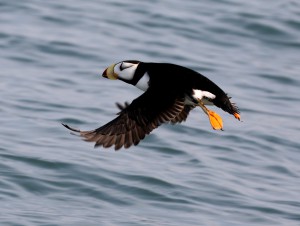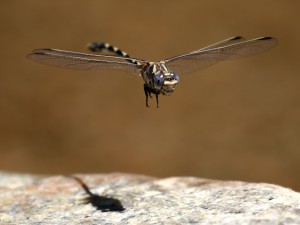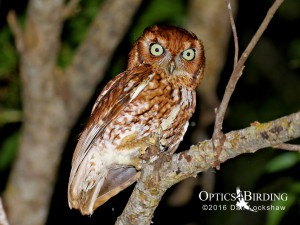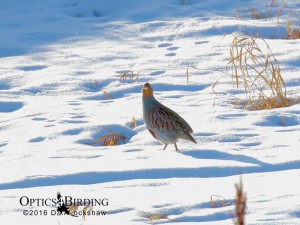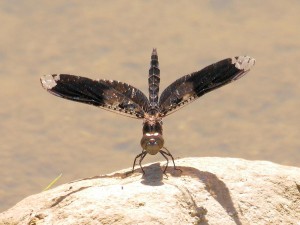Introduction
The brackish and salt marshes of California are an important and globally-threatened ecosystem. At this point, a century of “civilization” has filled, polluted or destroyed over 95% of California’s coastal salt marshes. These estuaries and marshes are incredibly important. Biologically speaking, they are some of the most productive acres of habitat anywhere. They host tremendous species diversity, and act as vital nursery grounds for many ocean species. They serve as feeding and breeding resources for a variety of species. Endangered species like the California Least Tern, Western Snowy Plover and Light-footed Ridgway’s Rail all use coastal saltmarshes. They also provide wintering or year-round habitat for a number of interesting bird species. The focus of this article is three such species: Belding’s (Savannah) Sparrow, Large-billed Savannah Sparrow and Nelson’s Sparrows. Continue reading

